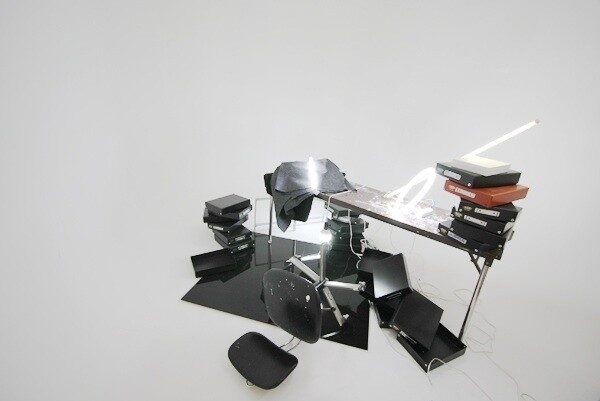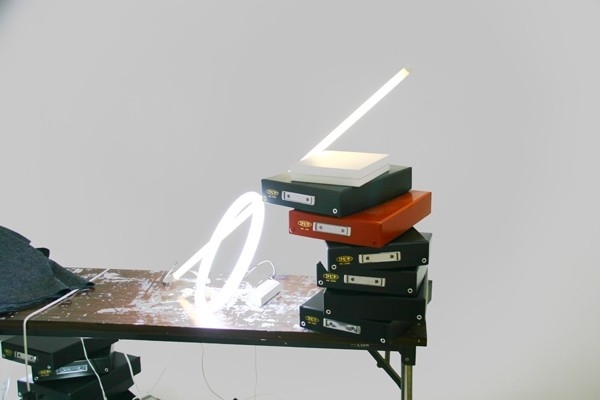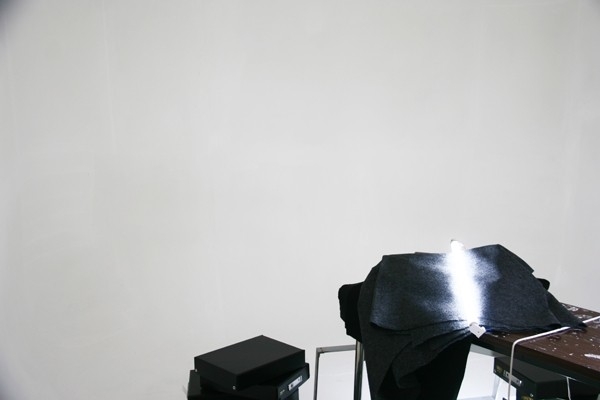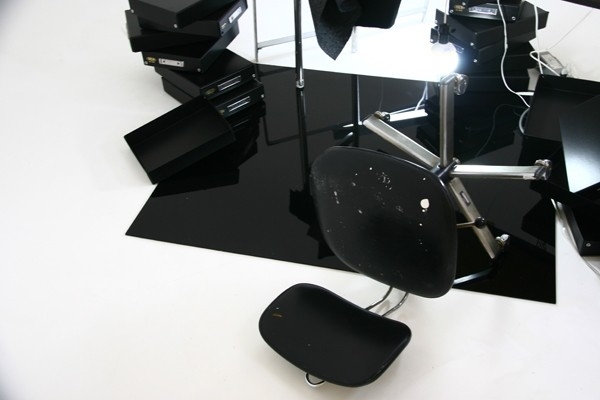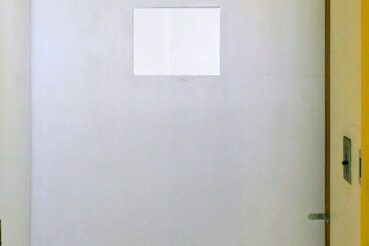Upon being invited to exhibit at the French Embassy in Tokyo, I was struck by the site’s heterotopic condition—a space within a space, a fragment of one nation embedded within another, yet governed by its own laws and symbolic order. The embassy becomes a paradox: simultaneously anchored and dislocated, sovereign and peripheral.
At the time of the exhibition, the building stood on the brink of erasure. Destined for demolition, it existed in a suspended state—no longer fully operational, yet not yet obsolete. The exhibition occupied this threshold, activating the temporal and spatial ambiguity between institutional past and speculative future.
My assigned space was formerly the office for French nuclear affairs—a room charged with historical, bureaucratic, and symbolic weight. Rather than erase this context, I allowed it to remain. The original furniture and archival folders were left intact, functioning as silent residues of a system no longer operative but still present.
The architecture was subtly altered: corners were curved, dissolving the rigid geometry of the room. This intervention created the illusion that the elements within the space were hovering—detached from gravity, from function, from time. The installation floats between states, like the building itself.
Access is limited. The only way to see inside is through a narrow window in the door—a threshold that both invites and withholds. What is visible is partial, fragmentary, mediated. It is a space that must be imagined as much as observed.
